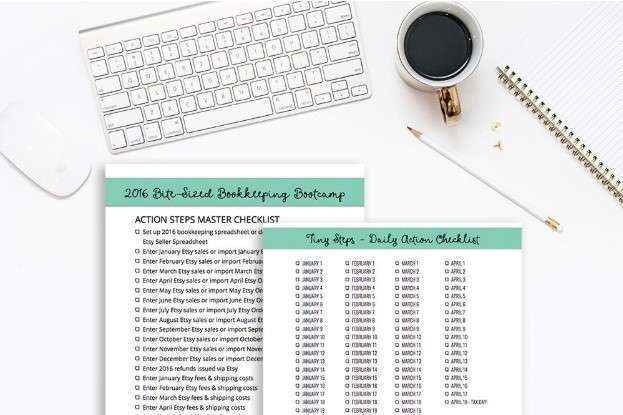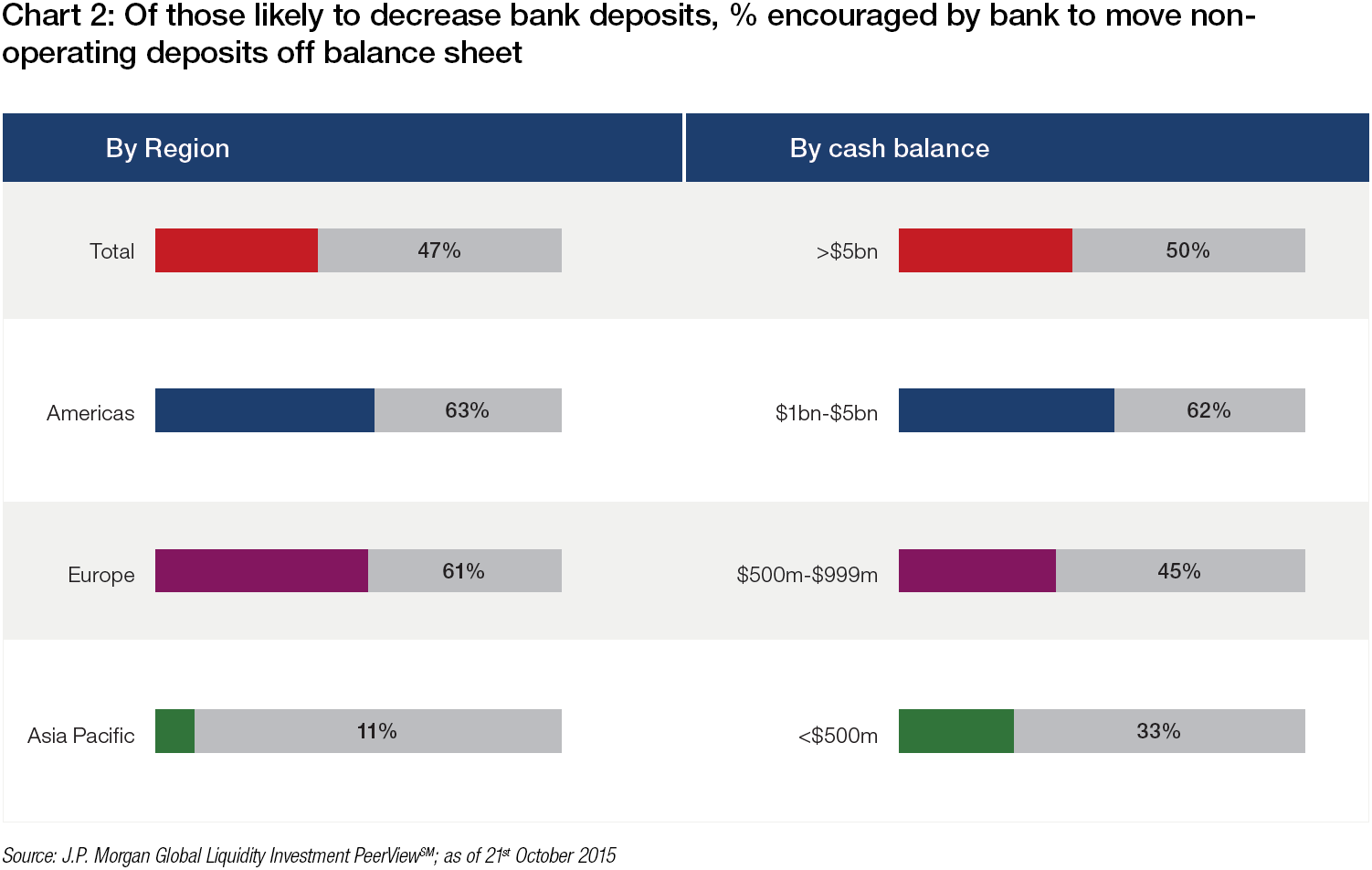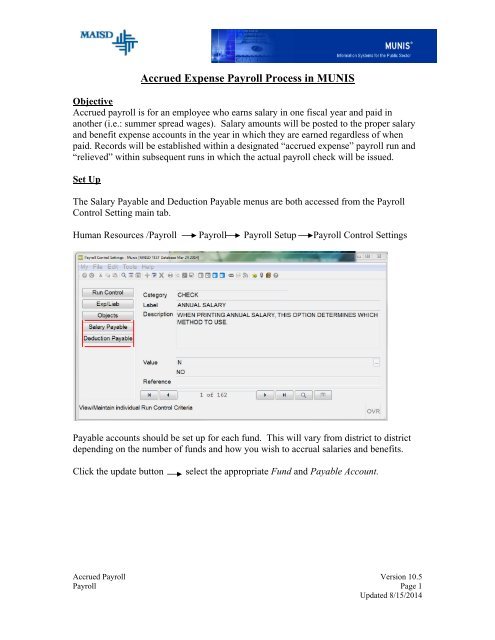
Your current assets must be valuable to pay off current liabilities for you (an entrepreneur) to have a smooth run. The Working Capital Cycle measures the efficiency at which a company can convert its current operating assets into cash on hand. What is a more telling indicator of a company’s short-term liquidity is an increasing or decreasing trend in their net WC. A company with a negative net WC that has continual improvement year over year could be viewed as a more stable business than one with a positive net WC and a downward trend year over year. Therefore, if Working Capital increases, the company’s cash flow decreases, and if Working Capital decreases, the company’s cash flow increases. We can see in the chart below that Coca-Cola’s working capital, as shown by the current ratio, has improved steadily over a few years.
How to Calculate Net Working Capital (NWC)

We’ll consider all the information in your account and contact you by phone to explain what we’re checking. If we need any more information we’ll agree a date that you need to give us this by. Fill in form IHT100h to tell us about assets that have stopped being held in an 18 to 25 trust. Fill in form IHT100e to tell us about assets that are no longer held in a ‘special trust’.

How to Calculate Working Capital Ratio
This increases my chances of being able to take advantage of the best award deals that are available for my next trip. For many Hyatt loyalists, earning Globalist status each year is a priority and this card can help them get there faster by providing five elite night credits annually. Plus the complimentary yearly certificate for a category 1 to 4 Hyatt hotel counts toward elite status too and can offset the card’s annual fee.
Working Capital Formula
The $500 in Accounts Payable for Company B means that the company owes additional cash payments of $500 in the future, which is worse than collecting $500 upfront for future products/services. The Change in Working Capital could positively or negatively affect a company’s valuation, depending on the company’s business model and market. The Change in Working Capital could be positive or negative, and it will increase or reduce the company’s Cash Flow (and Unlevered Free Cash Flow, Free Cash Flow, and so on) depending on its sign.

Assets previously held in an 18 to 25 trust
One time offers to new cardholders can be extremely lucrative and an important factor in which cards appeal to you. The Freedom Flex requires a little more hands-on management to earn in its quarterly bonus categories, so it’s a better fit for someone willing to stay on top of details. Lounge access with this card extends beyond https://www.bookstime.com/ the Priority Pass membership you see on other premium cards. Plus, if you’re looking for a giant welcome bonus to get things started, the Platinum Card certainly shakes things up. The Venture X is a strong choice for travelers who want premium benefits and are willing to book through Capital One Travel at least once a year.
It is what tells you if your company has enough current assets to pay out its current liabilities that are due within a year. Monitoring changes in working capital is essential for businesses because it provides insights into their liquidity, operational efficiency, and ability to meet short-term financial obligations. A significant positive or negative change in working capital can signal potential financial challenges or opportunities and may require further analysis and management attention. This metric serves as the lifeblood of a company’s operations, reflecting its ability to meet financial obligations. A higher cash flow signifies that the organisation’s income surpasses its expenditures, while lower cash flows indicate that expenses exceed income. Net working capital is a liquidity calculation that measures a company’s ability to pay off its current liabilities with current assets.
How Does a Company Calculate Working Capital?
- This makes sense because although it stems from a long-term obligation, the current portion will have to be repaid in the current year.
- Current liabilities are the expenses a company is expected to pay up within a specific timeframe (consistently a year).
- Expanding without taking on new debt or investors would be out of the question and if the negative trend continues, net WC could lead to a company declaring bankruptcy.
- From Year 0 to Year 2, the company’s NWC reduced from $10 million to $6 million, reflecting less liquidity (and more credit risk).
- It has accounts receivable worth $250,000, inventory worth $300,000, and accounts payable worth $350,000.
From the ratio gotten, the current assets are more than one, which means the online store selling phone accessories is in a good financial state. You don’t need to know the value of the total assets and liabilities with this formula. A positive capital is an indication of a company’s financial health and its ability to reach its financial goals. Working capital is also known as equity capital, working assets, or risk capital. By the end of the forecast period, the company’s working capital cycle decreased by 14 days, from 60 days to 46 days in Years 1 and 5, respectively.

However, this can be confusing since not all current assets and liabilities are tied to operations. For example, items such as marketable securities and short-term debt are not tied to operations and are included in investing and financing activities instead. To further complicate matters, the changes in working capital section of the cash flow statement (CFS) commingles current and long-term operating assets and liabilities. The cash flow from operating how to find change in working capital activities section aims to identify the cash impact of all assets and liabilities tied to operations, not solely current assets and liabilities. Note, only the operating current assets and operating current liabilities are highlighted in the screenshot, which we’ll soon elaborate on. The working capital of a company—the difference between operating assets and operating liabilities—is used to fund day-to-day operations and meet short-term obligations.
Other BIWS Courses Include:












